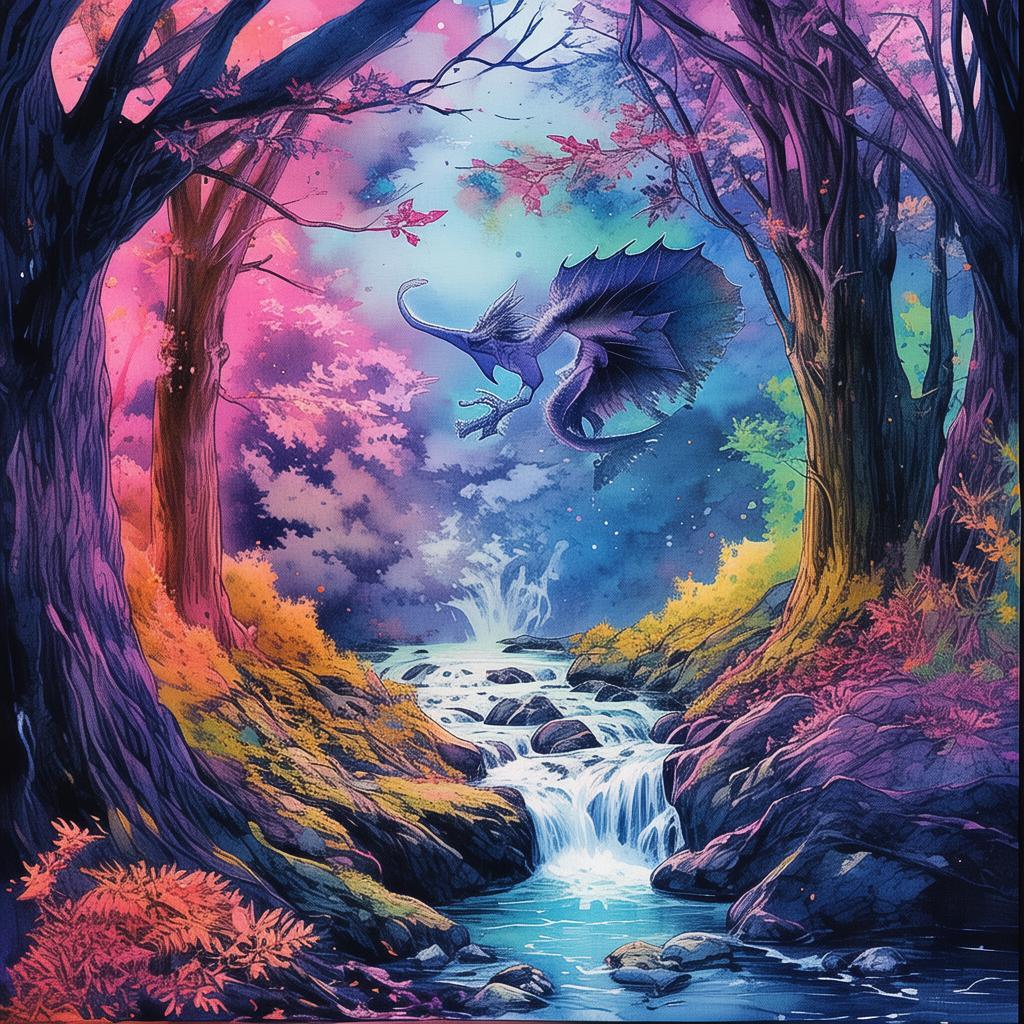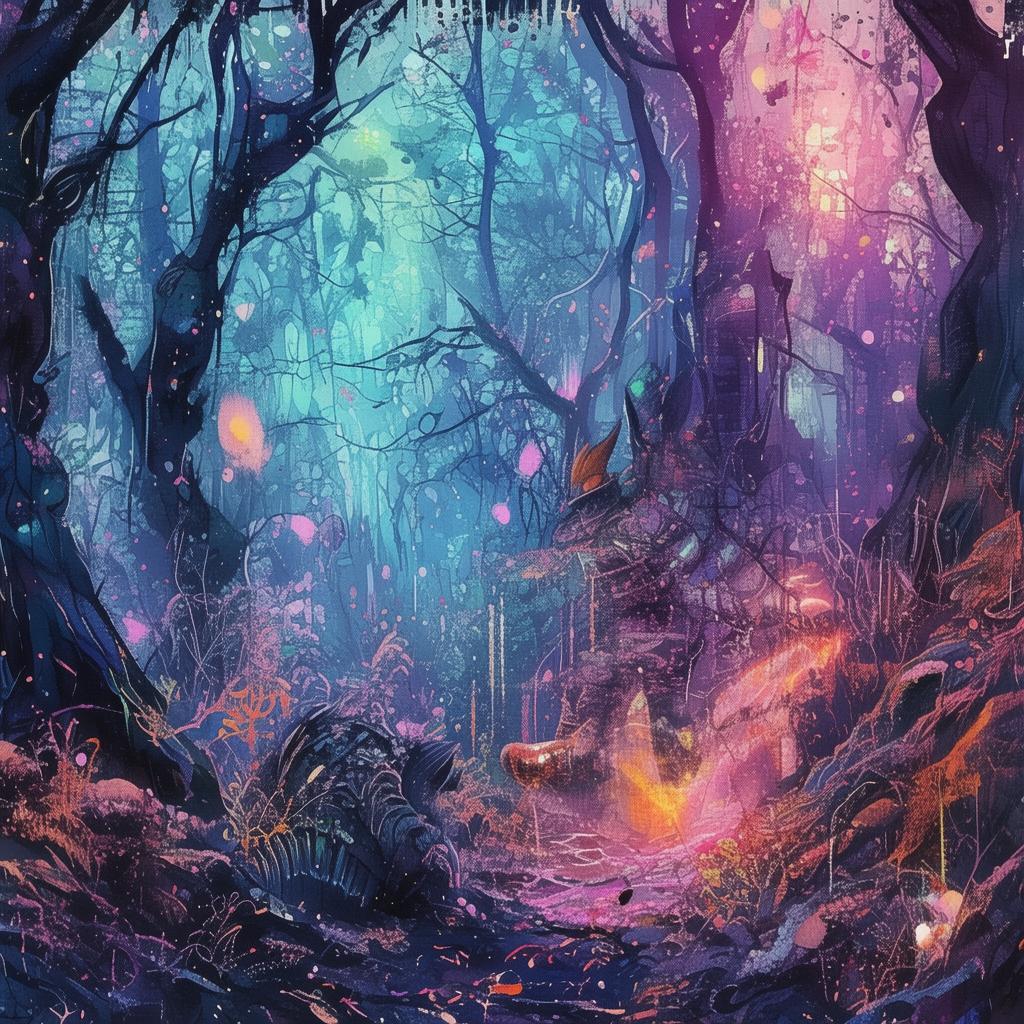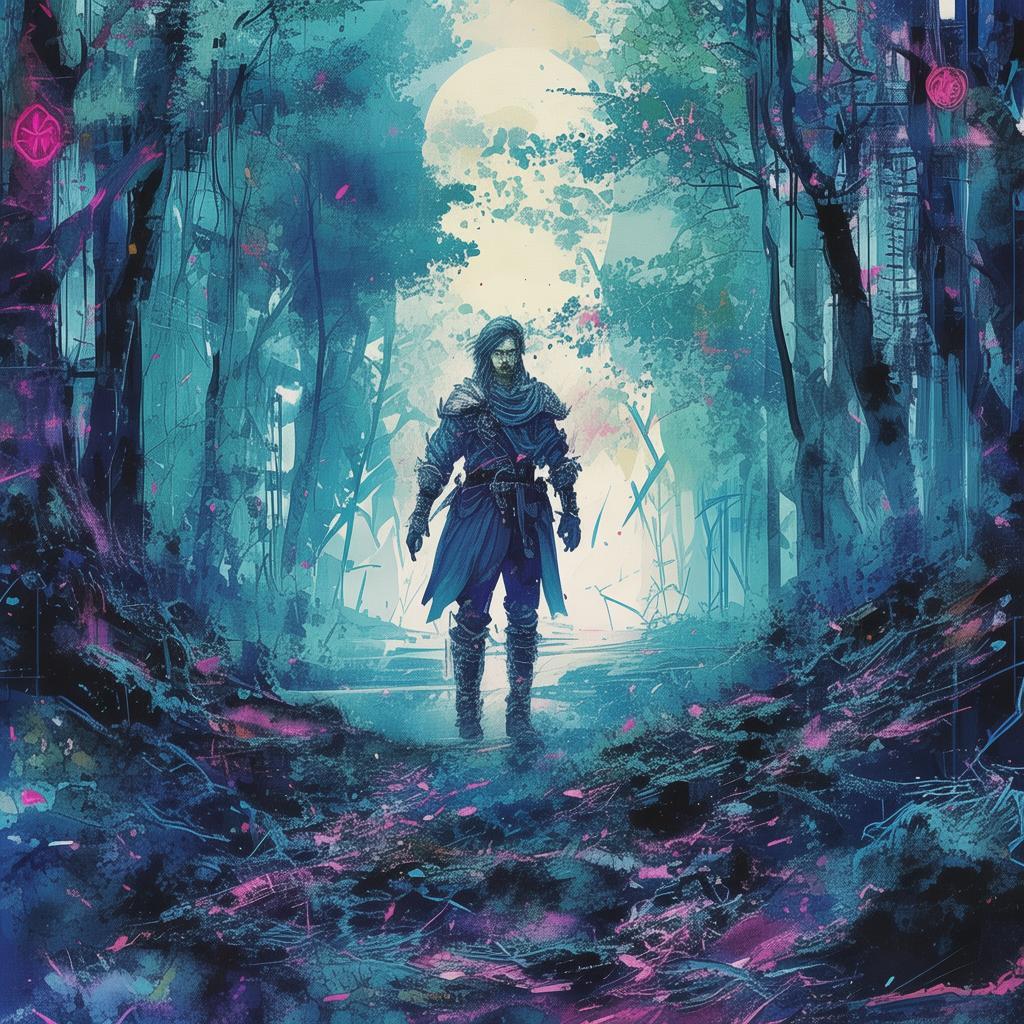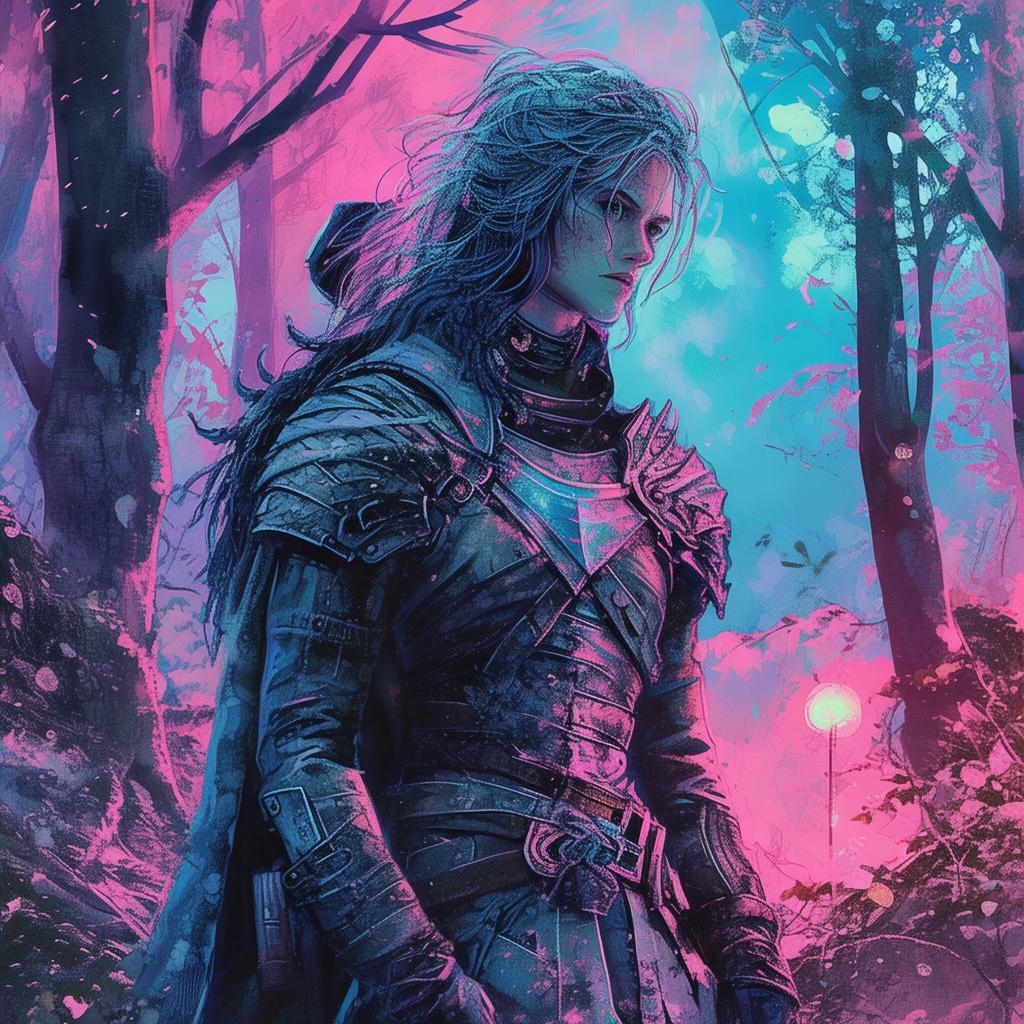The Vanishing Dance of the Izu Shore
In the heart of the Izu Peninsula, where the sea laps against the cliffs and the air is thick with the scent of pine and salt, there is a legend that has persisted through the ages. It is said that on the night of the first full moon after the autumnal equinox, a dance can be seen on the rocks that jut out into the ocean. The dance is known as the Vanishing Dance of the Izu Shore, and it is a spectacle that has no witnesses, save for those who are willing to believe.
The story of the dance is told in hushed tones, whispered among the locals who have never seen it with their own eyes. They speak of a beautiful woman in a flowing kimono, her hair cascading down her back, who dances alone under the moonlight. Her dance is mesmerizing, her movements fluid and graceful, as if she is in a dream. But as the moon rises higher and the dance continues, she begins to fade, her form growing more ethereal until she is nothing more than a wisp of smoke that drifts away on the breeze.
According to the tale, this woman was once a dancer in a nearby village, a beauty of unparalleled grace. She was in love with a young man from the same village, but their love was forbidden by her parents, who wanted her to marry a wealthy merchant. The lovers were desperate to be together, but their love was doomed by the weight of their circumstances.
On the eve of her arranged marriage, the woman and her lover made a pact. They would meet at midnight on the rocks at the edge of the sea, and if their love was true, the sea would not claim their bodies. With hearts full of hope, they ran away, but fate was not kind to them. The sea was unforgiving, and both lovers were swept away by the waves.
As the villagers discovered their bodies the next morning, they were struck by the beauty of the young lovers. The woman was still wearing her kimono, her hair tied back with a ribbon, and her lover was found with his arms wrapped around her. It was said that their spirits remained on the rocks, waiting for a chance to be together again.
The dance that takes place every year is a manifestation of their unfulfilled love. But as the story goes, it is a dance that can only be witnessed by those who are pure of heart and have not succumbed to despair. If a person witnesses the dance and returns to the world, they are bound by an unbreakable curse. They are forced to relive the love story, watching their own lives unravel as they witness the tragic end over and over again.
In recent years, the tale has become a point of fascination for outsiders. Some come in search of the dance, hoping to witness the spectacle and experience the beauty of the story. But most who seek it out are left with nothing but the echoes of the wind and the whispers of the rocks.
One such visitor was a young artist named Kaito. He had heard the legend and felt an inexplicable pull to the Izu Peninsula. Kaito was known for his paintings, which captured the beauty of nature with a haunting realism that seemed to breathe life into the subjects of his brush. He was determined to capture the Vanishing Dance on canvas, but as he arrived in the village, he was greeted with skepticism.
The villagers were hesitant to share their secret with a stranger, but Kaito's passion was infectious. He spent days wandering the cliffs, his eyes searching the horizon for any sign of the dance. Each night, he watched the moon rise and waited, but there was no sign of the woman in the kimono.
As the days passed, Kaito became more determined. He spoke to the villagers, learning their customs and their history, and he began to feel a connection to the place. It was then that he learned of the curse, and he was torn between his artistic pursuit and the moral implications of his obsession.
One evening, as the full moon hung low in the sky, Kaito was on the cliffs once again. He had brought his sketchpad, ready to capture the moment if it ever appeared. As he watched the waves crash against the rocks, he felt a strange presence nearby. He turned to see an elderly woman, her eyes twinkling with the light of the moon.
"Are you here to see the dance?" she asked in a voice that seemed to carry the weight of centuries.

"Yes," Kaito replied, "I am."
The woman nodded and then began to speak in a language that Kaito did not understand. He was about to ask for translation when she raised her hand, silencing him. With a wave of her hand, the world around him seemed to change. The sound of the sea faded, and he could feel the ground beneath his feet become soft and yielding.
The woman stepped closer, and Kaito could see that she was no longer elderly, but young, her eyes filled with the same love that had once consumed him. She held out her hand, and Kaito reached for it. In that moment, he understood. The woman was the spirit of the dancer, and she was giving him a chance to witness the dance, to understand the pain and the beauty that had driven her to the edge of the world.
The dance began, and Kaito watched in awe. The woman moved with an elegance that was impossible to describe, her movements fluid and lyrical. As the dance continued, the woman began to fade, her form blending with the moonlight. Kaito felt a tear run down his cheek as he realized that this was his curse, to witness this love story, to feel the pain and the joy of two souls that had never been able to touch each other in life.
When the dance was over, the woman was gone, leaving Kaito alone on the cliffs. He opened his sketchpad and began to draw, but as he worked, he felt the weight of the curse growing heavier. He realized that he was not just watching the dance, he was living it, every second of the lovers' last night together.
As the dawn approached, Kaito was overwhelmed by the realization that he was bound to this story, that he would never escape the pain of this unrequited love. He closed his sketchpad and took a deep breath. He had to decide what to do.
He looked out over the sea, watching the waves crash against the rocks. He felt a sense of peace wash over him. He knew that he could not escape the curse, but he could honor the spirit of the dancer. He could use his art to tell their story, to keep their love alive for generations to come.
With a newfound determination, Kaito began to paint. He captured the essence of the dance, the beauty of the woman in the kimono, and the unbreakable bond that had driven them to the edge of the world. His paintings became famous, not just for their beauty, but for the story they told, the tale of the Vanishing Dance of the Izu Shore.
And so, the legend lives on, a haunting reminder of the power of love and the eternal bond between two souls.
✨ Original Statement ✨
All articles published on this website (including but not limited to text, images, videos, and other content) are original or authorized for reposting and are protected by relevant laws. Without the explicit written permission of this website, no individual or organization may copy, modify, repost, or use the content for commercial purposes.
If you need to quote or cooperate, please contact this site for authorization. We reserve the right to pursue legal responsibility for any unauthorized use.
Hereby declared.









